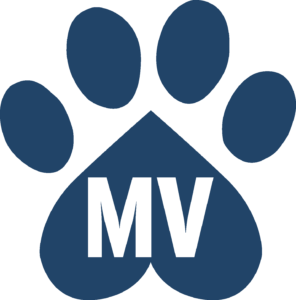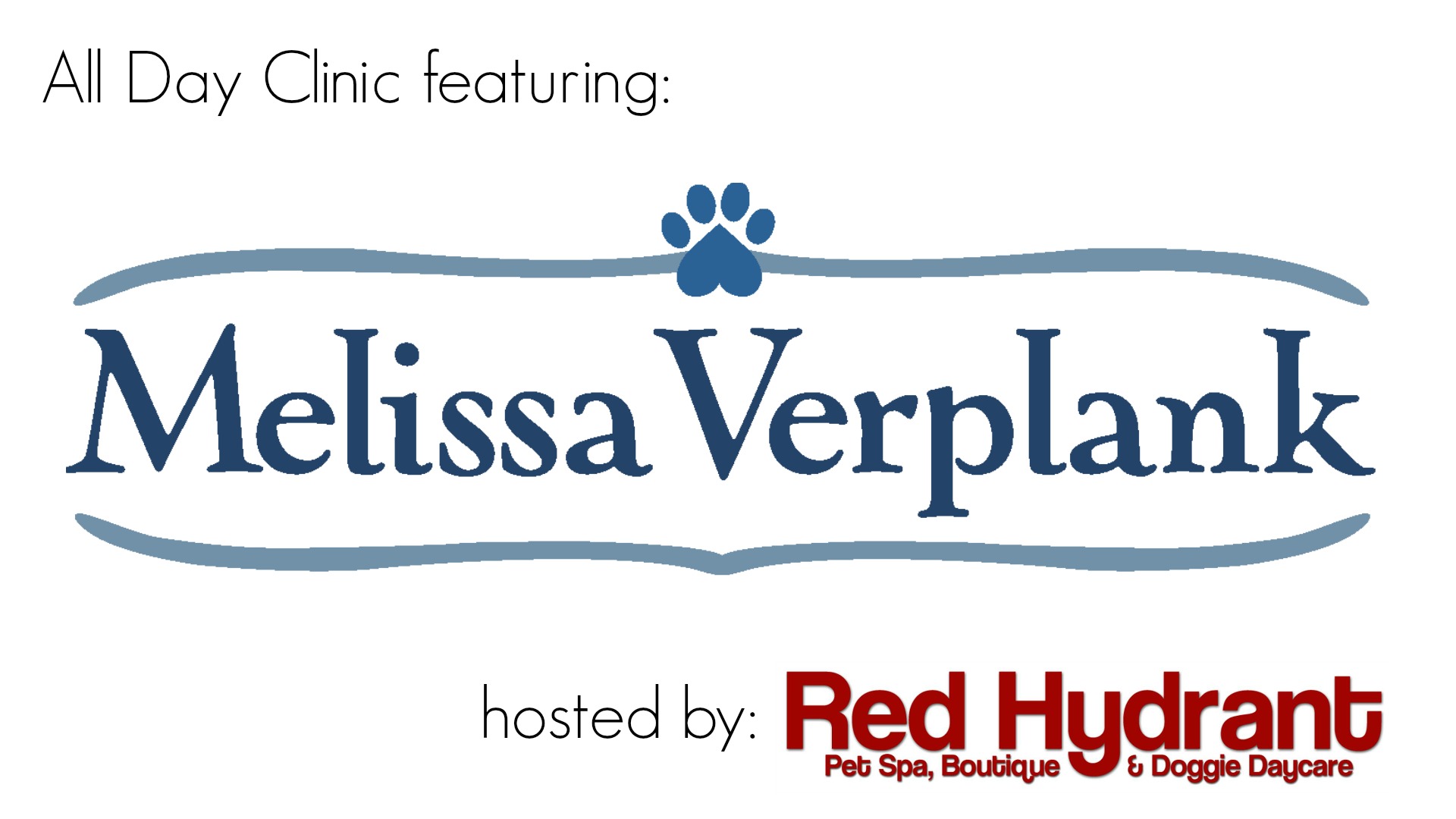Creating teamwork within a grooming department is a challenge. Getting ANY group of people to work in harmony with one another is no easy task.
Teamwork requires four things:
- Communication (sharing information)
- Leadership (direction and guidance)
- Accountability (rules and boundaries)
- Clarity (understanding the cause and purpose for every task)
Teamwork helps achieve goals. It also creates an enjoyable, rewarding place to work.
 Over the years, I have had varied levels of success with fostering teamwork. I’ve had times when the entire organization was working together as a single unit. We were energized and excited. We met objectives. We knocked goals out of the park. Life was good.
Over the years, I have had varied levels of success with fostering teamwork. I’ve had times when the entire organization was working together as a single unit. We were energized and excited. We met objectives. We knocked goals out of the park. Life was good.
I have also had times when there was very little teamwork. Frustration and negativity took over. Meeting objectives was almost impossible. Goals went out the window. More than once I questioned if the company would survive or if it was worth the effort to keep it going.
Here’s what I’ve discovered.
- You can’t succeed without strong and effective leadership.
- Individuals/organizations need to understand WHY they do what they do.
- Systems are crucial to duplicate desirable performance.
Building teamwork requires strong leadership that explains WHY the work is being done. Every activity is begun knowing exactly what the end will be. Systems must be made that ensure the activity is done the same way, every time.
For a business to thrive, everybody needs to work together. Whether your team is made up of just two or fifty people, everybody needs to be accountable for results. Those results are tied to the goals and objectives of the business. Everybody needs to understand what role(s) they play in the success of the company.
Years ago, I learned about a formula in Keeping Employees Accountable for Results by Brian Cole Miller. It’s called the SIMPLE approach to accountability.
S = Set expectations
I = Invite commitment
M = Measure progress
P = Provide feedback
L = Link to consequences
E = Evaluate effectiveness
 S = Set Expectations
S = Set Expectations
- Success = how well a staff focuses and works toward a common theme/goal.
- Employees need to know what is expected of them.
- The clearer the expectations are, the easier it will be to uphold those expectations down the road.
I = Invite Commitment
- Team members are more likely to cooperate when they understand three things: what the goals are, what’s in it for them, and how the goals will help move the business forward.
- Once they understand these three things, they are more likely to commit to the goals and being held accountable for the results.
M = Measure Progress
- Once they’re committed to the goals, you need to track their progress.
- Goals must be measurable. If you can’t clearly see where you are, you can’t see how far you need to go.
- Track progress daily, weekly, monthly, quarterly, and annually. Keep it simple and consistent.
P = Provide Feedback
- Team members need feedback to know how well they are doing and where they can improve.
- Feedback opens the door for problem-solving discussions and follow-up actions.
- Understanding expectations, followed by honest feedback, is the backbone of accountability.
- When providing feedback, focus on the behavior, not the person. Be specific. Do not mention characteristics like attitudes or intentions.
L = Link to Consequences
- Teams need to understand the consequences of actions toward a goal. Ideally, these consequences are built into the discussion of goals and objectives so that expectations are clear from the start.
- Consequences are not rewards or punishments. They are simply the natural result of behavior tied to the goals and objectives of the business.
E = Evaluate Effectiveness
- Create a system for regular and timely performance reviews.
- Review how the process has been handled. Praise positive performance. Fine-tune lackluster performance. Redirect underperformance. Explain how their performance affects progress toward the goals and objectives of the company.
- Be consistent, honest, and fair to the entire team.
For goals to be meaningful and useful, they must be tied to larger organizational ambitions. In other words, you need to identify the “big picture” and work backward to set smaller milestones that will lead you there.
Staff members need to understand the roles they play in business. If they don’t, they are likely to feel disenchanted, lost, or hopeless. Team members at every level should be able to communicate exactly how their efforts feed into the larger business objectives – WHY the business exists, at all.
Teamwork is not just about how effective and efficient a group is, it’s also about the relationships in that group. Always remember, it takes work to create and maintain a positive relationship. Building a healthy marriage, raising a family, training a dog, winning at soccer, and growing a business all require time and effort.
Remember, anytime you’re dealing with more than one person, teamwork is needed. Successful teamwork requires clear communication, leadership, and accountability. Always begin with the end in mind. Once you know why you do what you do – everything else falls into place much easier.
~Happy trimming,
Melissa
 P.S. How do you develop teamwork at your salon? Jump on the Learn2GroomDogs.com Facebook page and tell us about it.
P.S. How do you develop teamwork at your salon? Jump on the Learn2GroomDogs.com Facebook page and tell us about it.
 Spend the day with Melissa
Spend the day with Melissa
Melissa Verplank will be in the Tampa, Florida area on Sunday, March 19, 2017 for an all day seminar. Melissa will present four of her most popular lectures that are sure to help you and your business!


